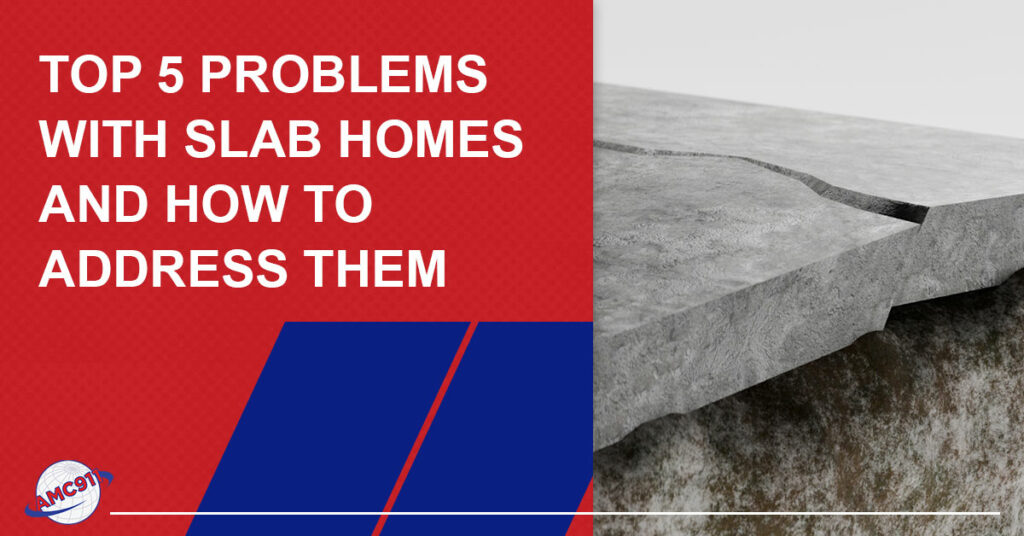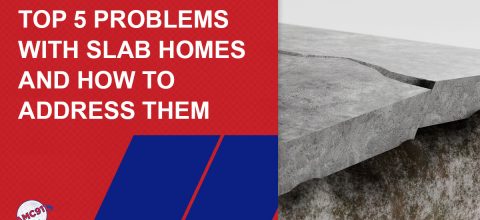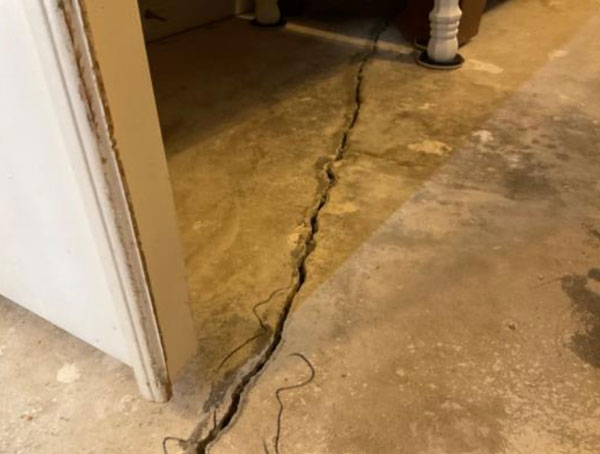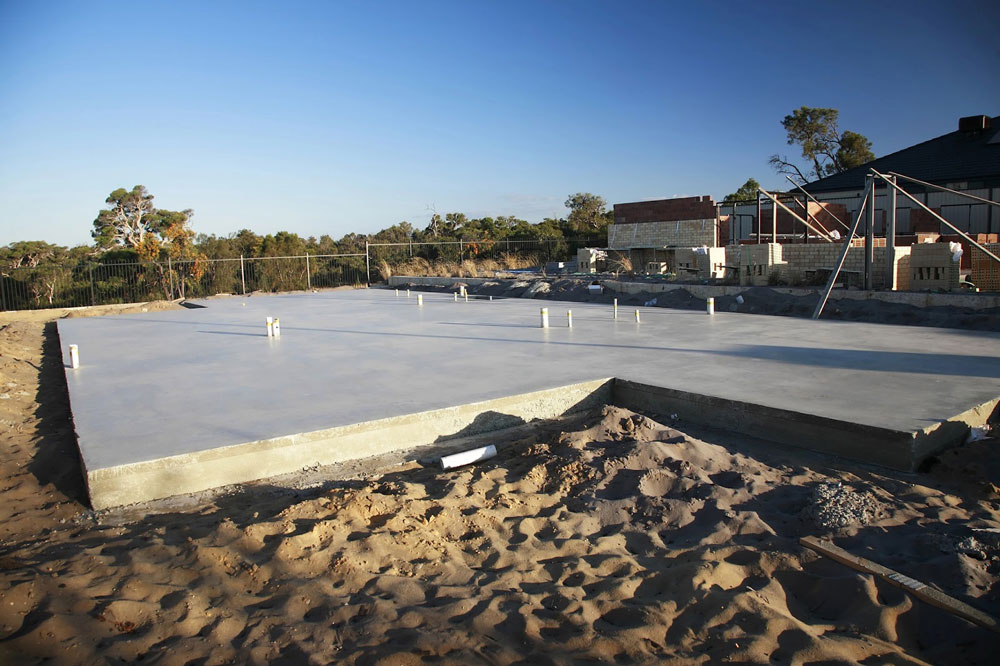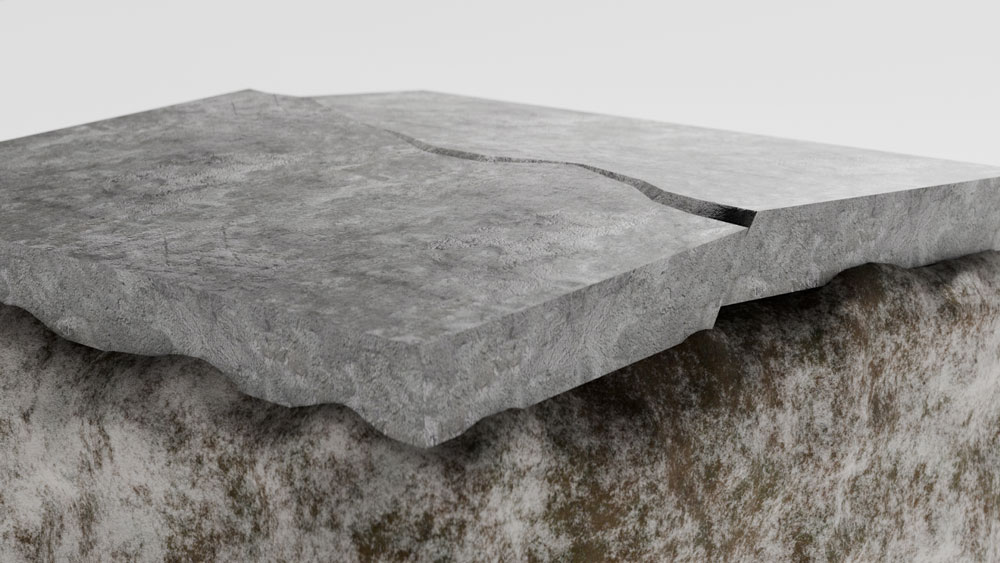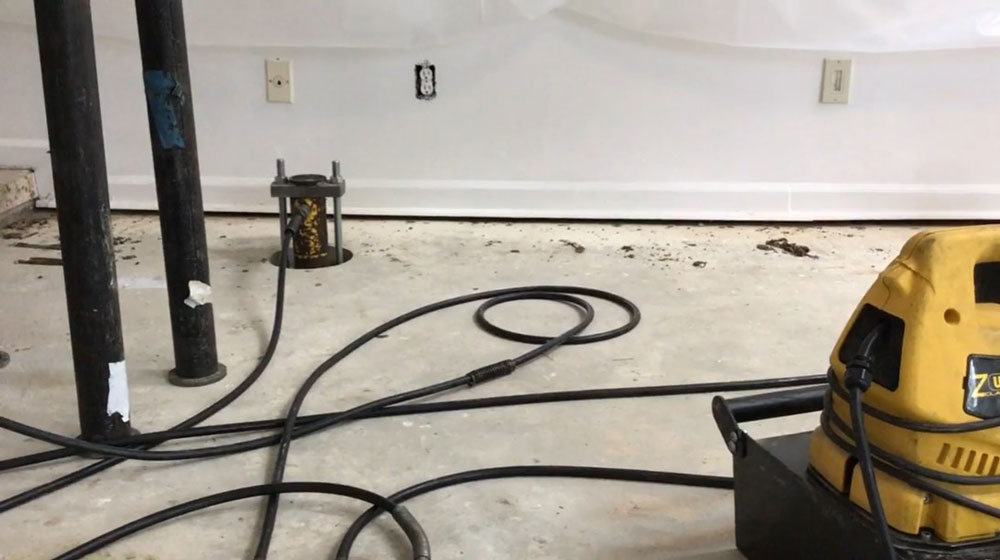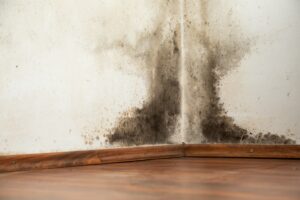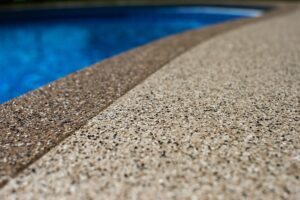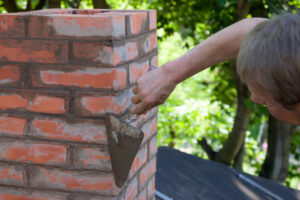Slab homes, while popular for their cost-effectiveness and simplicity, can present unique challenges for homeowners, especially in colder climates. Understanding these issues is critical to ensuring the longevity and comfort of your slab home. In this article, we’ll explore the top five problems commonly associated with slab homes, how to tell if you should be concerned about your slab home, and provide practical solutions to address them.
What Is A Slab Home?
A slab home is a residential building constructed with a concrete slab as its foundation. Unlike traditional foundations that incorporate crawl spaces or basements, slab homes are built directly on a solid concrete base. The slab is usually made of poured concrete and serves as the house’s floor and its structural support. This method is popular in regions with warm climates due to its simplicity and cost-effectiveness.
Types Of Slab Homes
There are several types of slab foundations, each with its unique characteristics and construction methods:
- Monolithic Slab: This type of foundation is poured all at once, creating a single, solid piece of concrete. It’s generally quicker and cheaper to install.
- T-Shaped Slab: This traditional method involves creating a T-shaped footing to support the slab. The footing is poured first, then the slab is poured over it.
- Frost-Protected Foundation: Designed for cold climates, this type of slab includes added insulation to prevent frost heave.
- Floating Slab: As the name suggests, this slab “floats” on the ground and is not anchored to footings. It’s often used in garages and sheds.
- Raised Stem Wall Foundation: This type of foundation includes a stem wall that raises the home above ground level. The stem wall rests on a footing, and the concrete slab is poured within the raised perimeter, which helps to prevent moisture intrusion and is particularly useful in areas with potential flooding or significant soil movement.
Advantages Of Slab Homes
Before diving into the problems, it’s essential to understand that slab homes do have several advantages:
- Cost-Effective: Generally cheaper to build compared to homes with basements or crawl spaces.
- Faster Construction Time: Less time-consuming to construct.
- Reduced Risk of Insect Infestations: No crawl space means fewer places for pests to hide.
- Low-Maintenance: Slab homes have fewer components that require upkeep than crawl spaces or basements.
- Durability: Their high weight-bearing capability provides a solid and stable foundation that can last decades when appropriately constructed.
The Top 5 Problems With Slab Homes
Despite their advantages, slab homes are not without issues. Hence, before constructing or purchasing a home, it is wise to consider if the foundation suits the area where the home is built since different foundations thrive in different regions. Here are the top five problems homeowners might face with a slab home:
1. Not Suitable For Freezing Climates
One significant drawback of slab homes is their unsuitability for freezing climates. Slab foundations are typically built above the frost line, increasing their chance of being affected by frost heave. Frost heave happens when soil expands from freezing water, creating pressure that lifts or cracks the slab. While frost-protected slab foundations exist, they are still more likely to face damage from frost than other foundation types.
2. Slab Cracks
Slab homes are more likely to experience severe foundation cracks than other foundation types. Damage may come from shifting soil, tree roots, freezing temperatures, or natural disasters. These cracks compromise the home’s structural integrity and can lead to other issues, such as water infiltration and mold growth. All foundations are subject to cracking, but a slab foundation often displays the associated symptoms more readily and will require quick repairs to avoid escalating the problems.
3. Difficult To Access Utilities
In slab homes, utilities like plumbing and electrical wiring are often embedded within the concrete slab. Accessing these utilities requires cutting through the concrete, which can be labor-intensive and costly.
4. Lack Of Storage
The absence of a basement or crawl space means limited storage options for HVAC systems and personal belongings. Hence, part of the home’s floor space must be dedicated to housing the HVAC system, and there are fewer places for storing seasonal items unless you invest in a shed or attic.
5. Aesthetic Issues
Some homeowners find slab homes less attractive compared to homes with raised foundations. The lack of elevation can make the exterior appear flat and unappealing. Additionally, landscaping options may be limited due to the slab’s proximity to the ground.
When Should You Be Worried About Your Slab Foundation?
It’s crucial to recognize the signs that indicate potential problems with your slab foundation. Overlooking early warning signs can lead to significant structural issues and costly repairs. By being proactive and identifying these signs early, you can take the necessary steps to address any problems before they escalate. If you notice any of the following warning signs, call a foundation repair company for an inspection:
- Visible Cracks: Large or expanding cracks in the slab, floors, walls, or ceiling may indicate significant structural issues. If you can fit a coin into the crack, it requires immediate attention.
- Uneven Floors: Floors that are no longer level or appear to be sinking can signal foundation problems. Over time, this unevenness can lead to further structural damage and pose safety hazards.
- Sticking Doors and Windows: Difficulty opening or closing doors and windows might be due to a misalignment caused by foundation shifts. This issue can worsen, leading to gaps that allow drafts and pests to enter.
- Separation of Molding from the Wall or Floor: If you observe gaps forming between the molding and the wall or the floor, it could be a sign of foundation movement, which, if not addressed, can lead to long-term damage. Due to less efficient insulation, this separation could result in drafts, pest invasions, and increased energy bills.
Ignoring these warning signs can lead to further deterioration and higher repair costs. Scheduling a yearly inspection and conducting timely maintenance is essential to maintaining the integrity of your slab foundation.
How To Repair A Damaged Slab Home’s Foundation
Repairing a damaged slab foundation requires expert intervention. Here are some standard methods:
- Epoxy Injections: Epoxy injections provide a moisture-proof seal for repairing small cracks and reinforcing the material’s structural integrity. The epoxy bonds the broken segments together by penetrating deep into the cracks, preventing further damage and extending the structure’s lifespan. This method is particularly effective for concrete and other rigid materials, ensuring minor imperfections do not escalate into major issues over time.
- Carbon Fiber Straps: Ideal for reinforcing larger cracks, carbon fiber straps are strong, lightweight, and minimally invasive. They are bonded to the foundation using epoxy resin, enhancing the structural integrity without compromising space. This method is particularly effective for preventing further movement and adding long-term stability to the slab foundation.
- Slab Push Piers: Slab push piers are a standard solution for stabilizing and lifting a settled slab foundation. These piers are hydraulically driven into the ground until they reach a stable, load-bearing soil layer. The process begins with exposing small slab sections, allowing the push piers to be installed underneath the foundation. Once in place, the building’s weight is transferred onto the piers, providing a stable and secure foundation. This method ensures long-lasting support and prevents further foundation settlement.
- Underpinning: This method levels uneven slabs caused by differential settlement. Underpinning involves reinforcing the foundation of a structure by extending it to load-bearing strata using piers. This process typically includes excavating soil beneath the existing foundation, installing piers – often steel push piers or helical piers—and then transferring the building’s load onto these piers. This method provides additional support and stability, especially in areas with weak or shifting soils or when there is an increase in the load-bearing requirements of the building.
If you’re experiencing issues with your slab home’s foundation, don’t wait for the problem to worsen. If you live in Hampton Roads or the Eastern Shore of Virginia, schedule an inspection and get a repair quote from our expert team today.

